When Do You Need to Replace a Flue Liner?
Have you just moved into a new home? Perhaps you’re installing a new stove or fireplace? Whatever the scenario, if you’re doing any work related to your chimney, you may be wondering if you need to replace the flue liner. Keep reading and the Trade Price Flues team will tell you the answer…
What types of chimney flue liners are there?
Before we delve into the fine details, first we want to define exactly what we mean by the term chimney flue liner.
You see, there are several different types of flue liner:
> Clay, pumice, lime mortar and concrete - these are typically class one brick and mortar chimneys where the liner is a layer of clay, concrete, lime mortar or pumice which has been applied directly to the bricks and mortar inside the chimney cavity.
> Flexible steel liners - these are a more modern type of liner which is suspended within the main chimney cavity. These liners are made from stainless steel and feature a flexible construction, making them easy to install.
For the purposes of this article, we’ll be talking about the latter; flexible steel liners are by far the most popular type of chimney liner these days thanks to their excellent insulation properties, their ease of installation, and the value for money they offer over other types of chimney liner.
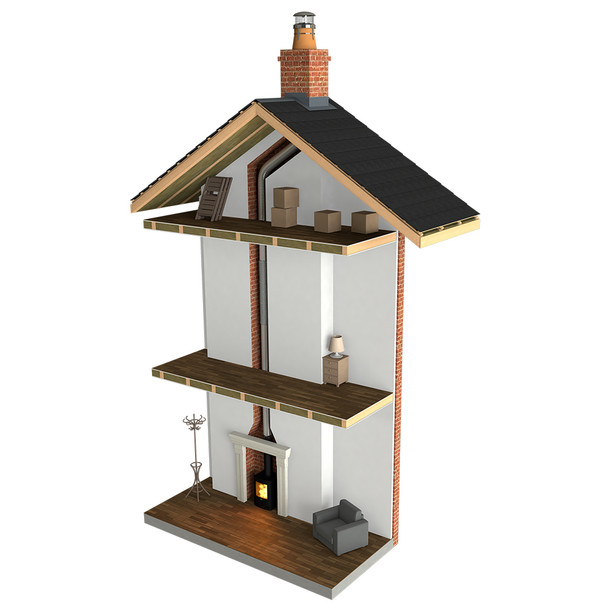
Example of a flexible steel flue liner in-situ.
What is the lifespan of a steel flue liner?
How long should you expect a steel flue liner to last? This is an important point, as the longer a flue liner lasts, the less frequently you’ll need to change it.
It’s also an important point, as the quality of the flue liner you buy can have a significant impact on the use you’ll get out of it.
Whilst it may be tempting to think of flue liners as being rather generic, commodified items, this simply isn’t the case.
A lot of design and engineering work goes into making the very best quality flue liners. This results in liners which can have a considerable lifespan (30+ years in some cases).
Compare this to the cheap, generic liners that you can buy on many online marketplaces. These liners, although cheap, will often fail within a year or two of regular use.
As we’ve written previously, buying inferior, cheap flue liners really is a false economy!
How long should a flue liner last?
Okay, so provided you’re going to buy a good quality chimney flue liner, then the length of time you expect it to last will largely depend on which grade liner you buy.
There are two main grades of stainless steel chimney liner currently available on the market; 316 grade and 904 grade.
How long do 316 grade flue liners last?
As you may have surmised, 316 grade liners are made from a slightly lighter grade of stainless steel. Thanks to the addition of molybdenum to the alloy, 316 grade stainless steel chimney flue liners are highly resistant to corrosion.
Here at Trade Price Flues we provide a 15 year no-quibble warranty on all of our 316 grade flue liners. So, you should expect a 316 grade chimney flue liner to last at least 15 years.
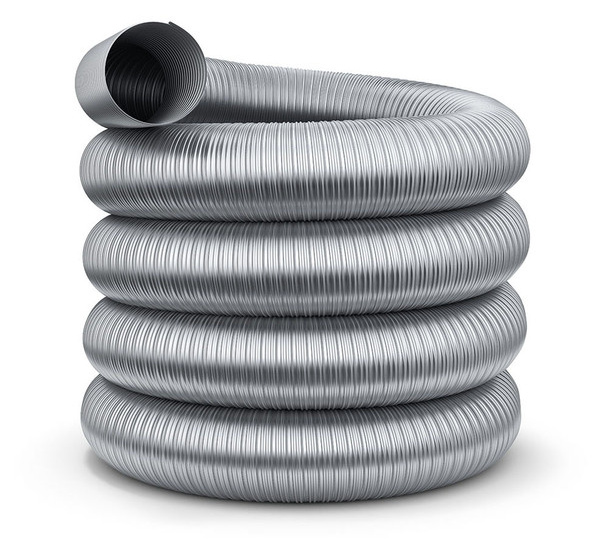
You should buy and install a 316 grade flue liner if you’re going to be burning seasoned wood in your stove or fireplace.
If you intend to burn coal or other forms of solid fuel (which burn at a much higher temperature than seasoned wood, then you will need to buy a 904 grade flue liner).
How long do 904 grade flue liners last?
904 grade liners are made from a heavier grade of stainless steel, meaning they are able to withstand fires of a much higher temperature (e.g. coal or solid fuel fires). 904 grade stainless steel also includes molybdenum as part of its alloy, so is also highly resistant to corrosion.
At Trade Price Flues, our 904 grade liners feature two skins - an inner and an outer skin - making them very robust and long lasting.
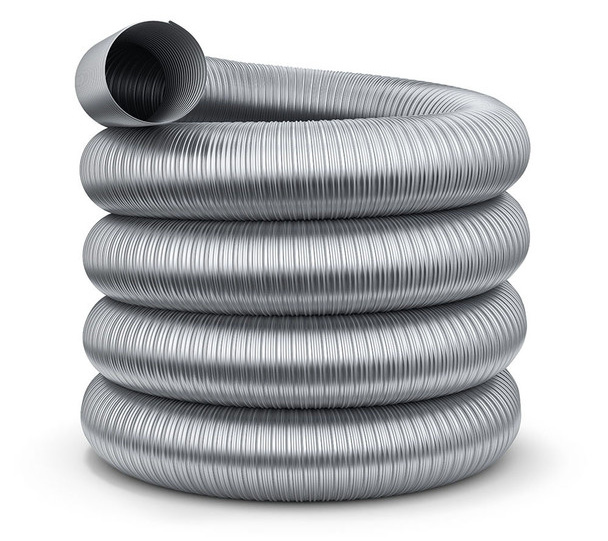
As such, we offer a 30-year no quibble warranty on all of our 904 grade flue liners. Therefore, you should expect a 904-grade chimney flue liner to last at least 30 years.
Note - we also offer combined 904/316 liners. These feature a 904 grade inner liner, and a 316 grade outer liner. This makes these liners both lighter and slightly less expensive than 904/904 liners. These combined 904/316 liners are suitable for use with coal and solid fuel fires.
In what situations should you replace a chimney flue liner?
Now that we’ve looked at the expected lifespans of flue liners, let’s take a look at the various contexts in which it is wise to replace a chimney flue liner.
You’ve moved into a new home
If you’ve moved into a new home, then we realise you’ve probably got a massive to-do list; and, replacing the chimney flue liner probably isn’t at the top of it.
But, we’d strongly recommend that you do take the time to have the liner in your chimney replaced.

Unless the previous owner has been able to provide evidence for when the liner was installed, it’s unlikely you know how old the current liner is - and what condition it’s in.
Whether you’ve got an open fireplace, a wood burning stove, or a gas or oil-fired heating appliance, we’d suggest that you call in the services of a chimney sweep. They’ll be able to inspect your chimney and flue liner and advise on whether or not a new liner is required.
Here at Trade Price Flues, we always recommend that you replace the flue liner when you move into a new home.
You’re installing a new stove, fire or appliance
In the event that you’re installing a new log burner, gas fire or other form of heating appliance, we’d suggest taking the opportunity to replace the chimney flue liner at the same time.
After all, if you’re going to the trouble of removing an old stove or appliance and installing a new one, it makes sense to install a new chimney liner whilst you’re at it.
What’s more, if you’re replacing an older appliance with a newer one, it’s likely that the new appliance will have different ventilation requirements - meaning the original flue may not be suitable anyway.
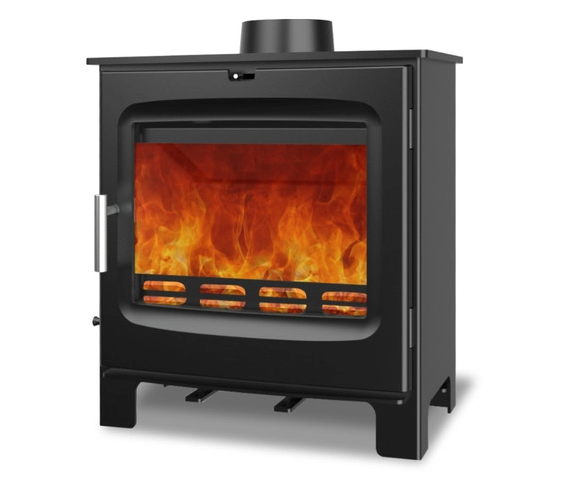
Shop Now - Woodford Chadwick Wood Burning/Multifuel Stove
Fitting a new flue liner isn’t an expensive job, and if you’re paying a tradesperson to install your new fire or stove, they’ll be able to replace the liner at the same time. In fact, we offer flue liner fitting kits, which include everything you need to install a new liner and connect it to a stove.
You are beginning to experience issues with your chimney
Are you starting to find it difficult to light your fire? Are you beginning to spot smoke coming back down your chimney? Are you not able to achieve a proper draw through your fire?
If you are beginning to experience these things, then it could well be time for a new flue liner.
When flue liners are past their best, they can crack - leading to the escape of smoke and the failure of the chimney’s draw - as well as suffer from a build up of creosote and other combustibles (particularly if they haven’t been regularly swept).
Should you find that this is the case, you’ll want to replace your flue liner as soon as possible, as it can be a safety issue.
You haven’t had your chimney inspected in a long time
Are you using your fire on a regular basis? Then you should be having your chimney inspected and swept on a regular basis too.
If you can’t remember the last time you had your chimney swept, then you may need to install a new liner - this is because your current one may have built up too much of an accumulation of combustible materials such as creosote.
We’d recommend getting a chimney sweep to come round and inspect your chimney liner. They’ll be able to tell you whether it can be swept and put back into use, or whether you’ll need to buy and fit a new one.
You have an older type of flue
How old is your home? The chances are, if it’s an older home with a class 1 brick and mortar chimney, then your chimney may have an older type flue e.g. a clay, pumice or concrete lined flue.
Should that be the case, then it’s well-worth upgrading to a new flexible steel flue liner (even if the older lining in your flue is still intact).
This is because steel flue liners will make your chimney far more efficient and effective. Older liners of clay or pumice offer very little insulation to the chimney - meaning it can be more difficult to create a proper ‘draw’ for your fireplace.
Flexible steel flue liners provide excellent insulation to your chimney, meaning it’ll be easier to light your fire, your fire will burn more efficiently, and your chimney will be safer and less susceptible to chimney fires.
You’re creating a new fireplace in your home
Have you decided to build a new fireplace and chimney in your home? Then according to Document J of the Building Regulations, you are legally obligated to use a flue liner in your chimney.
You’re bringing an old fireplace back into service
Many older homes have fireplaces which were bricked up during the later part of the 20th century as central heating became more commonplace.
If you live in such a home, but want to bring your fireplace back into commission, then you may need to have its flue lined.
According to Document J of the Building Regulations, whether you need to install a liner in an existing chimney depends upon the following consideration:
“Where it is proposed to bring a flue in an existing chimney back into use or to re-use a flue with a different type or rating of appliance, the flue and the chimney should be checked and, if necessary, altered to ensure that they satisfy the requirements for the proposed use”.
So, whilst it may be technically possible to start using an old fireplace again, without a flue liner, we’d strongly advise against it.
Tip - if you’re bringing an old fireplace back into use, we’d always recommend installing a new flexible steel flue liner.
How to prolong the life of a chimney flue liner
Once you’ve installed a new liner in your chimney, you’ll want to ensure it lasts as long as possible.
The key to making a flue liner last as long as possible is through regular inspections and sweeps.
Depending on what you’re going to be burning on your fire (or the type of appliance you are using), you should have your flue liner inspected and swept according to the following schedules:
> Burning wood or coal on a regular basis - four times a year.
> Burning smokeless fuels on a regular basis - at least once a year.
> You have an oil or gas heating appliance - at least once a year.
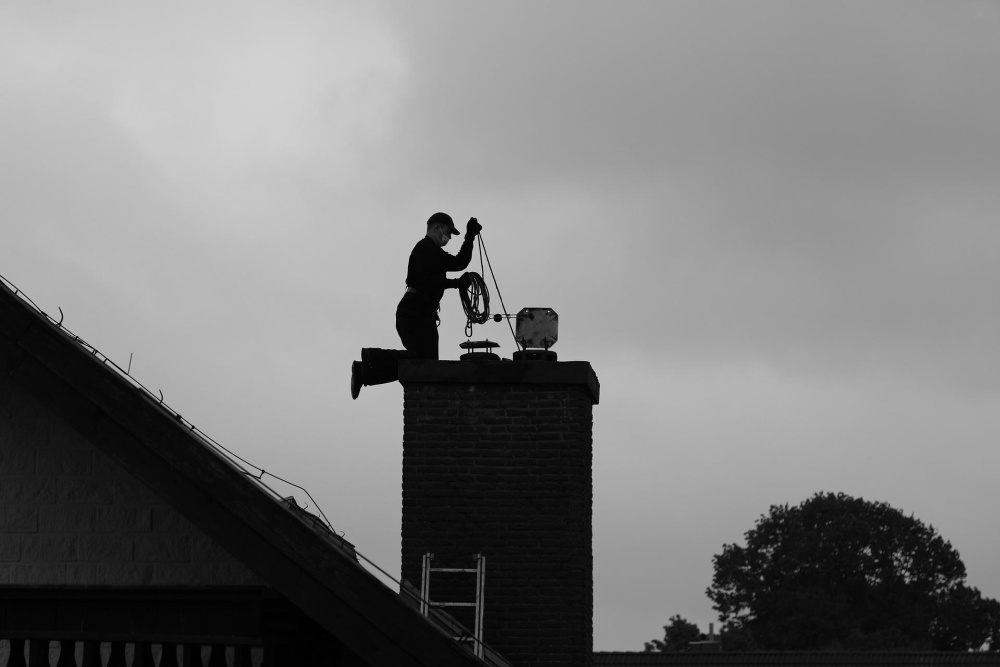
In addition to having your flue liner inspected and cleaned according to an appropriate schedule, it’s important that the liner is cleaned in the right way.
Although steel liners are robust and well-made, they can still be damaged by cleaning with inappropriate tools.
It is recommended that you (or the chimney sweep you have hired) use a ball-topped polypropylene brush of the correct diameter to clean the liner. This type of brush will ensure that it doesn’t get snagged and cause tearing damage to the liner.
In fact, according to the British Flue & Chimney Manufacturers Association (BFCMA), cleaning your flue liner using brushes and rods is the only recommended method of cleaning. They advise that alternative cleaning methods such as chemical chimney cleaners can invalidate flue warranties.
Trade Price Flues: the home of flue liners online
Are you in need of a new flue liner for your chimney? Then choose one from Trade Price Flues: the home of flue liners online.
We stock a huge range of chimney flue liners across both major grades (316 and 904), all common diameters, with flue liner kits available too. Plus, we offer same day and next day delivery options, so if you need your flue liner in a hurry, we’ve got you covered!
If you have any questions or need advice to buy the right flue for your chimney, then call our friendly, expert team on 0161 7300 969 or email: sales@tradepriceflues.co.uk
Shop chimney flue liners at Trade Price Flues now
For more chimney and flue advice, read the Trade Price Flues blog…
Do I Need a Flue Liner for an Open Fireplace? | How Much Does It Cost to Fit a Chimney Liner? | What Are the Different Types of Chimney Flue?
Latest Articles
-
Air Pollution Down in the UK Despite Record Wood Burner Sales
Great news! Wood-burning stoves, once considered environmental villains, have transformed into eco-f …18th Apr 2024 -
A Guide to Stove Installation in Lodges, Sheds, and Shepherd’s Huts
Shepherd’s huts, lodges, and sheds have become increasingly popular as charming retreats or alternat …25th Mar 2024 -
Pinned vs. Pinless Moisture Meters: Which is Best for Firewood?
When you collect or buy firewood, it usually starts very moist inside. Using sopping wet wood to bur …4th Mar 2024






